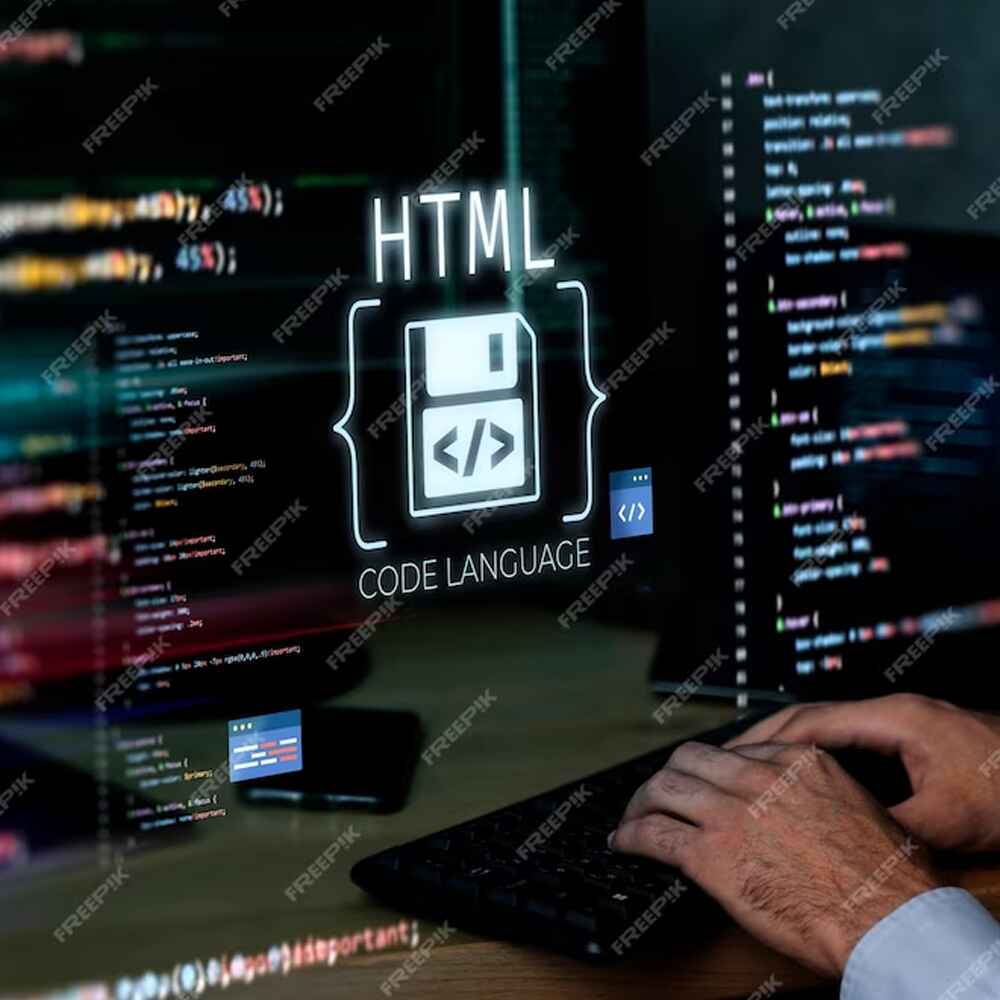Description
Whether you’re a web developer responsible for thousands of pages or a freelance web designer working on websites for local business, CSS is a very important skill to master. CSS or Cascading Style Sheets provides web developers and designers with the ability to create attractive web pages. This course will show all levels of users an introduction to CSS3, understanding of the CSS box model, working with page layouts, using colors and backgrounds, web typography, working with lists and tables, and dynamic CSS3 properties.



















Reviews
There are no reviews yet.